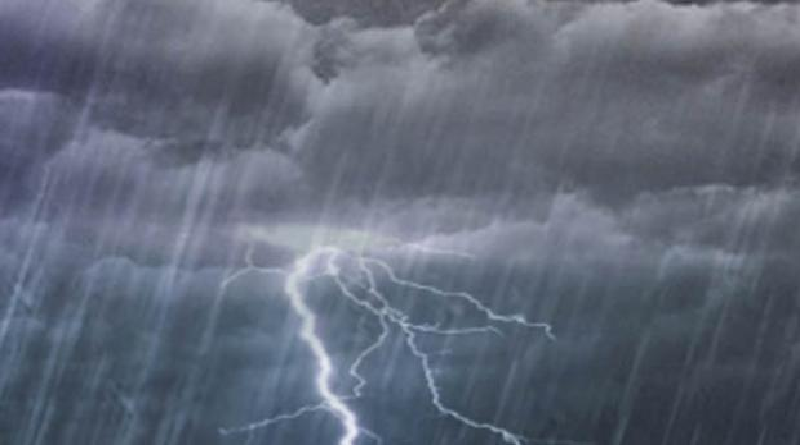The ground trembled. Some thought it was a plane, others that it was thunder or a truck, but actually it was a seismic tremor of magnitude 4.2 that was felt at 5:43 in the morning.
Following this movement Coffee & Business consulted architects to find out how to proceed with the houses and buildings that are in the areas affected by this phenomenon.
The president of the Society of Architects of Uruguay, Mercedes Espasandín, affirmed that It seems appropriate to him to review the structures of the buildings and to be able to count on a technical opinion according to each case. “I think that a survey would have to be done because many pathologies, such as fissures or the most important thing, which is structural, should be reviewed and controlled because sometimes it may not be seen,” said the architect, noting that this varies according to each structure.
The dean of the Faculty of Architecture, Design and Urbanism, Marcelo Danza, assured that the damage “depends on the intensity of (the tremor).” “Sometimes there are small tremors that are practically not perceived and do not generate any type of consequence, but as the tremor increases, it may be necessary to review it,” stressed the dean of the FADU.
In this sense, Danza indicated that a review that can be done “almost visual” is to check if there is any kind of fissure in the walls. “If that happened, it could continue to be studied,” he said. By the way, the president of the SAU remarked that “architecture gives signs” such as the cracks that can be seen in a brick wall, in a plaster, things that can be superficial, but you can run a risk if the crack is found, for example in a column, in a beam or in the concrete slab. “Consulting is a good recommendation, not staying with the doubt. There are spaces to consult. In the Society of Architects of Uruguay you can consult and there are many trained technicians,” Espasandín said, remarking that it is an issue that has a solution.
“I understand that this movement, beyond what was felt, was small from the point of view of the effects that buildings may have,” Danza concluded.
Building without thinking about the movement
As explained by the dean of the Faculty of Architecture, in Uruguay Earth movements “are not a variable that is considered when calculating structures or design”. Espasandín agrees that it is not among the requirements that are studied as other climatic issues such as wind are and adds that “it is an opportunity to reflect on construction regulations.”
“The seismic countries have a whole work system in everything that has to do with the structure of the building that is already prepared to receive movements and not be affected,” said Danza and added: “Until now in Uruguay it is not that there are no movements, but they are of such a magnitude that they do not generate repercussions on the structures. Here there is no seismic ordinance or culture in this regard”.






